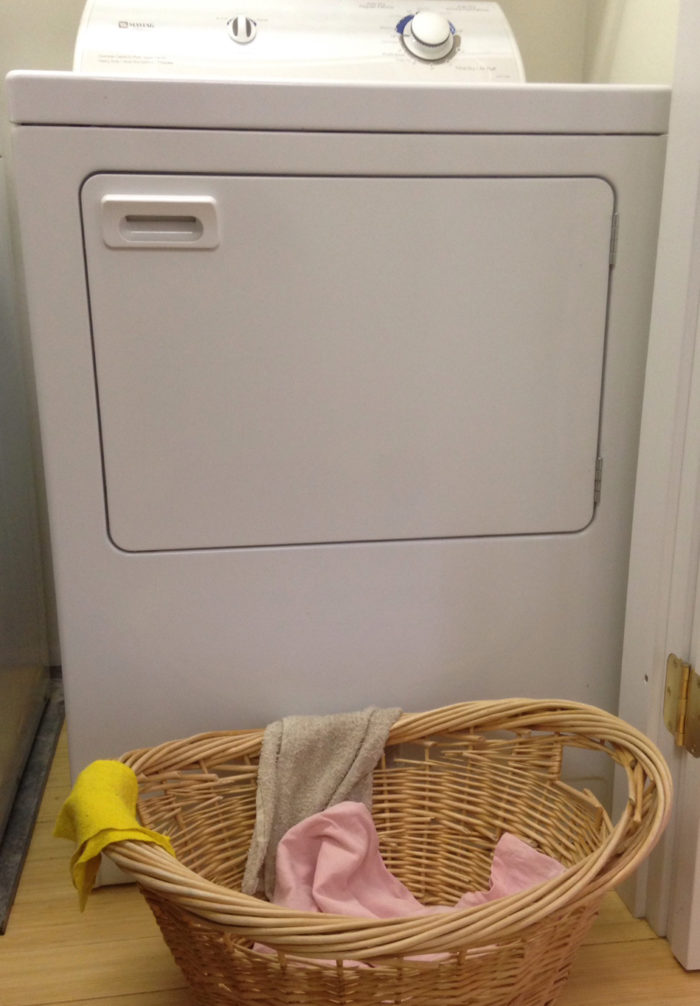
A team of researchers at the Oak Ridge National Laboratory’s Building Technologies Research and Integration Center is working on the design for a new type of clothes dryer that uses high-frequency vibration rather than heat to take moisture out of fabric.
Researchers are confident that they have proven that the concept works, and are under contract with the U.S. Department of Energy to build a full-scale prototype by August 2016. Work to date has been with very small devices called pizo-ceramic transducers, on the order of 2 inches in diameter. But the potential for energy savings already seems enormous.
Dr. Ayyoub Momen, the lead researcher on the project, said that this type of dryer has the potential to reduce total electricity consumption in the U.S. by 1%.
“That’s a huge number for a single technology,” he said by telephone. “This is a game-changing technology.”
Weekly Newsletter
Get building science and energy efficiency advice, plus special offers, in your inbox.
Faster drying times, less energy
A small test transducer can dry fabric many times faster than heat. According to Momen, fabric that takes 20 to 30 minutes to dry by heat will dry in 14 seconds with the pizo-ceramic devices they’ve been using. Overall, energy consumption would be three times less.
Momen likens the drying process to what happens when someone shakes out a wet towel and dislodges droplets of water. The transducer speeds up the process many, many times. (Momen was reluctant to say exactly what the frequency of vibration is.)
According to an article posted at Clickgreen.org extracted moisture would be in the form of an extremely fine mist of cool water droplets just 1 micron in diameter.
Once the device has been scaled up to full size, Momen expects that it will be capable of drying 10 lb. of wet clothing in about 20 minutes using 1/3 the energy of a dryer using heat. The process also takes less of a toll on clothing.
In the second year of the project, Momen’s team will see how a number of the transducers work in a conventional dryer drum, but no one is sure what a fully developed appliance would look like. “Honestly, we don’t know what we’re getting with the design of the machine,” he said. It might even be in the form of a flat plate.
Momen said it might be possible to have a dryer using the technology on the market in five years at a price competitive with conventional dryers. GE Appliances is the research group’s industrial partner and is contributing 20% of the development costs. The rest of the money is coming from the Department of Energy.




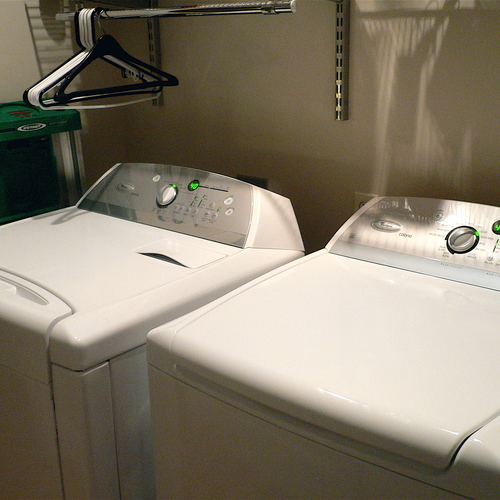
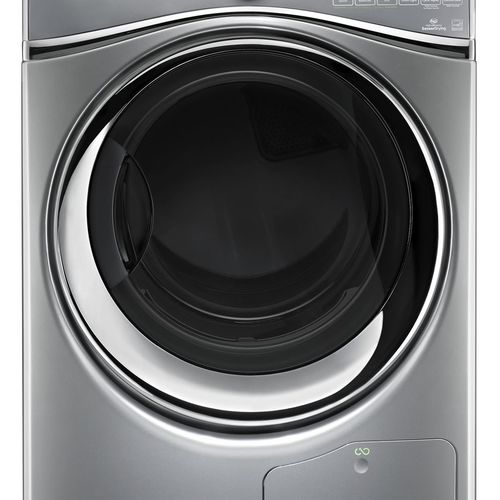
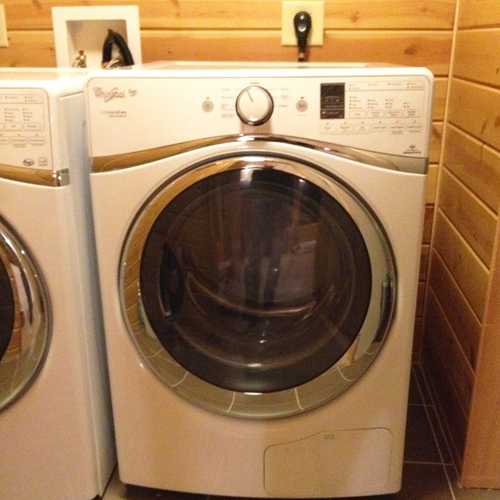
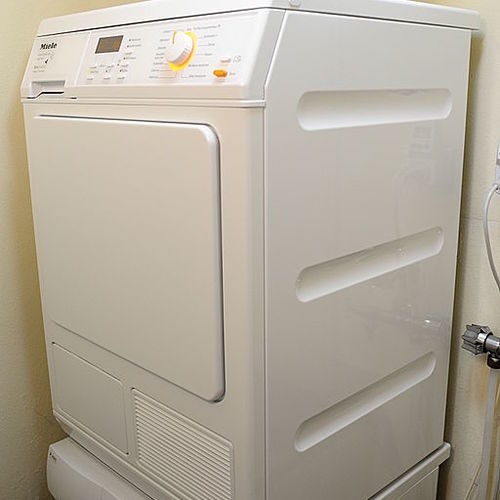







12 Comments
This would be amazing if it works
Many battery "innovations" come out every month, they are supposed to increase energy density, heat tolerance or number of cycles but few to none make it out of the lab into consumer products.
It sounds like they are in the very preliminary stages of research, do they even know if this would even work with two articles of clothing, or bunched up clothing, or heavier/denser items like jeans and towels?
I do hope this pans out, i would love to reduce my electricity consumption, if it cuts the energy needed per load in half it would cut my electrical usage by 5-10% (i am a frugal user but need the dryer)
Compared to what?
It sounds like they're comparing it to the standard electric-resistance dryer that we commonly see here in the US. I would be very interested in seeing comparisons between it and condensing and heat-pump units, both in terms of initial purchase cost, and in terms of TCO.
Of course this is very preliminary research. It'll be a while before anything is commercially available, so getting answers to questions like these will probably be a while out. Doesn't stop me from wondering, though.
17% less energy than
The dryer will use 17% less energy than a heat pump dryer. 66% less than conventional electric. But the time is considerably less than either. Heat pump dryers take longer than conventional dryer. This machine seems to require only 20 minutes. Not that I can think of any good reason why that matters, except perhaps in a commercial use.
If you don't want to wait 5 years to save energy drying clothes…
Just line-dry instead. I don't even own a dryer. Boom, 100% reduction in cost and climate impact. :)
Wrinkles
It ain't gonna sell in Peoria unless vibration removes wrinkles.
High frequency vibrations?
My dog is going to hate this!
The other day she heard my wife inside of a grocery store when we were parked outside on a busy street. And you should see her twitch and moan when I play on the high string of my mandolin.
(BTW, we line dry about 90% of the time. But in western Oregon the clothes will sometimes just turn green rather than ever dry, even indoors.)
Microwave?
Transducers? Are we talking about microwaving wet clothes here? Perhaps at a lower frequency so heat is not generated? a "magic" frequency for fabric? I'm intrigued, but a bit confused.
@Brian, around here we seem
@Brian, around here we seem to be entering an epidemic of pink slime instead of green, especially in pools (and it has nothing to do with beef)
What to do with moisture in the air? Interlocked vent?
So the dryer vibrates and creates a fine mist. What is done with this mist? Is the commercial product going to have a built-in vent that exhausts externally? So we'll still have to put a hole in the wall...with a pipe...but it's going to be cold moist air instead of warm moist air...or are they going to have a condensing mechanism as well? Hmmm.
Aside to Briley: "transducer" is a generic term for a device that converts a physical quantity (pressure, brightness, whatever) to an electrical signal, or vice versa. By the description, it is not electromagnetic microwaves, it's vibrations/physical displacement.
Response to Andrew C
Andrew,
Once a dryer has removed moisture from clothes, there are only two ways (as far as I know) to remove the moisture from the building: either (a) through a vent that exhausts moist air from the building, or (b) through a plumbing pipe that drains liquid water from the building.
This just showed up in my facebook feed. It's now 7 years later. Any update?
I’d like to know, too. This update appeared in 2019: https://www.energy.gov/eere/buildings/downloads/ultrasonic-clothes-dryer
PS - It seems like the research team is focused on commercial and industrial applications: https://www.ultratechsol.com/
Log in or create an account to post a comment.
Sign up Log in